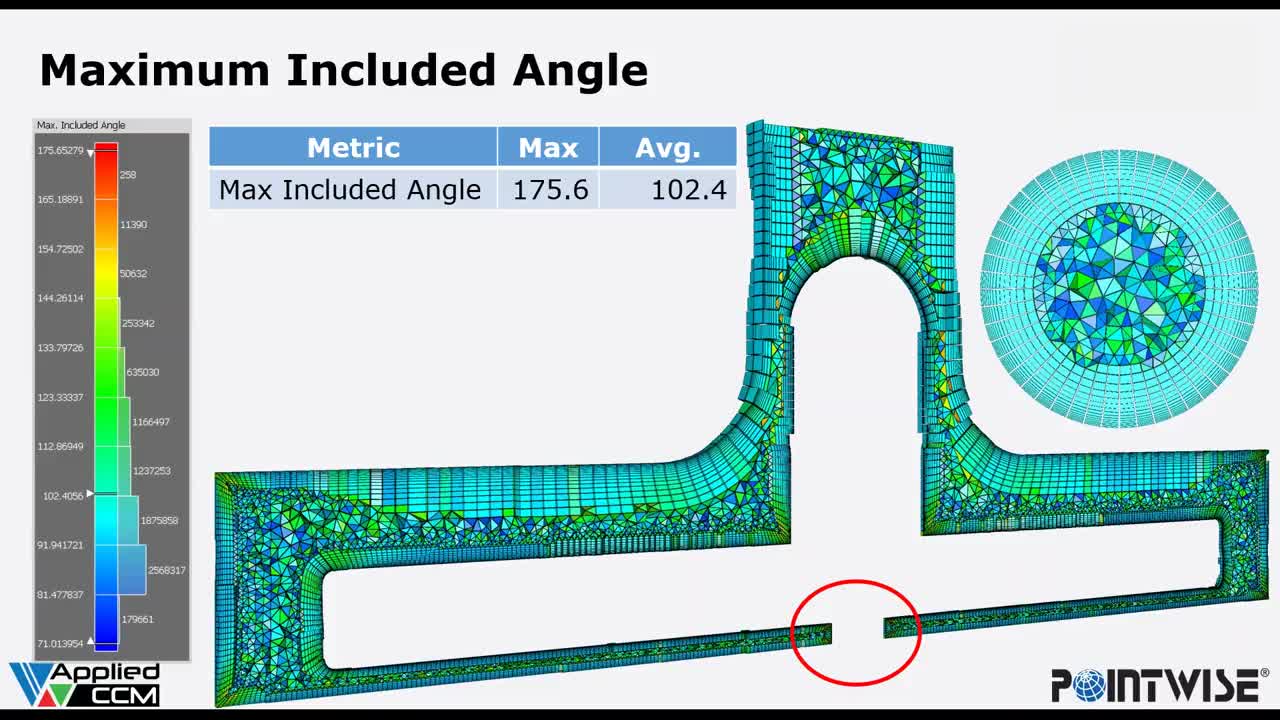Mesh Strategies for the FDA Benchmark Centrifugal Blood Pump

The focus of this work is to explore hybrid and multi-block structured meshing strategies and their impact on solution accuracy for a Food and Drug Administration (FDA) benchmark case involving a centrifugal blood pump. If no appreciable change in solution accuracy is observed per each meshing strategy, hybrid meshing techniques may facilitate a more efficient solution process. Designed to operate across a large range of flow conditions, the blood pump consists of four blades attached to a rotor base and shaft.
Pointwise has numerous integrated functionalities, which make hybrid-viscous mesh generation fairly automated - reducing the time required to construct a high-quality mesh. These tools enable the engineer to focus a majority of their time interpreting simulation results. Consequently, this allows the engineer to make decisions rapidly and early in the project life cycle.
Caelus v8.04, a derivative of OpenFOAM, was used to perform the CFD simulations on each of the grids for solution accuracy comparisons.
Overview
- Utilize anisotropic tetrahedral extrusion (T-Rex) to automatically generate a hybrid-viscous volume mesh suitable for internal flow applications
- Enable surface mesh adaptation for proximity refinement during volume meshing
- Construct a suitable multi-block structured mesh topology
- Thoroughly examine surface and volumetric cell quality
- Set up an MRF simulation using Caelus and interpret simulation results to identify key parameters driving solution accuracy